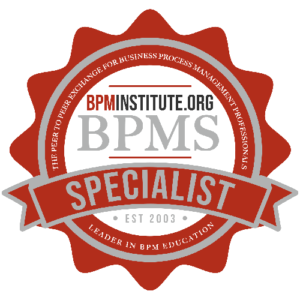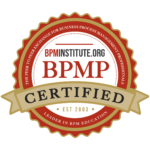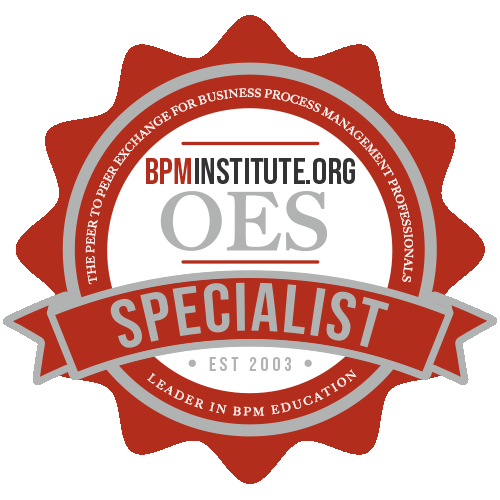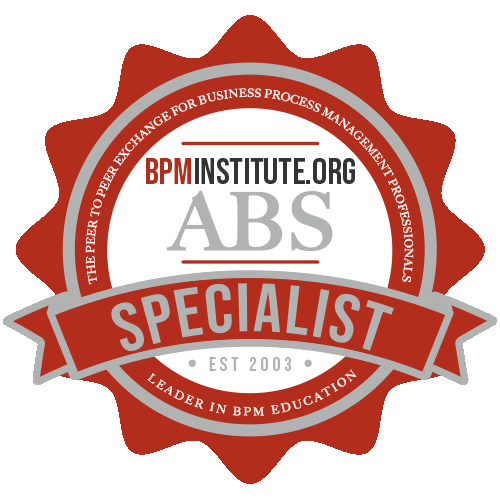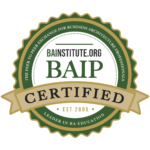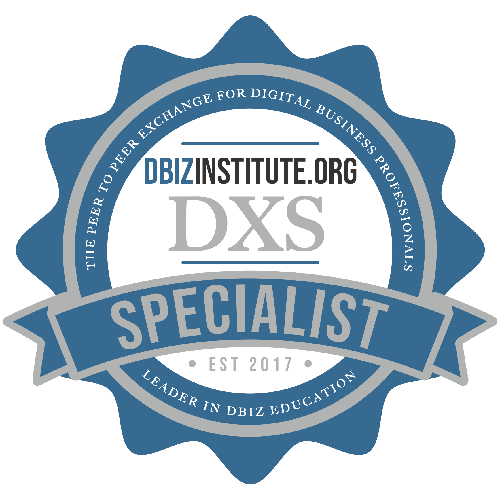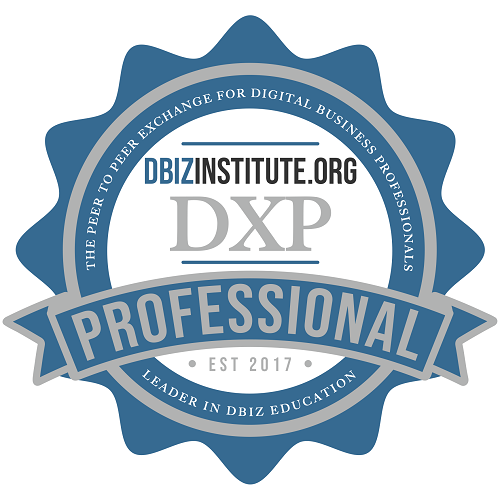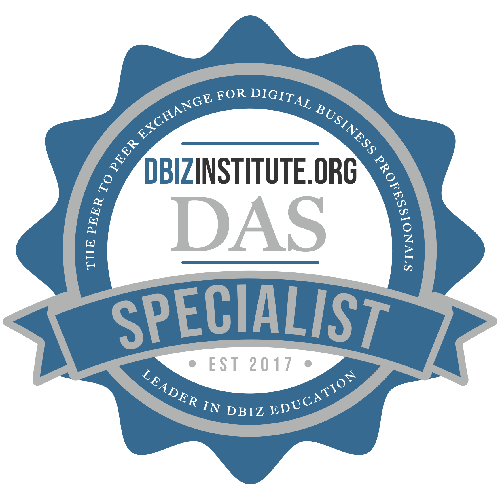For many organizations, aligning Business Architecture and IT Architecture remains a formidable challenge. On one hand, Business Architecture focuses on seeking to understand and model how the organization operates through strategic objectives, capabilities and various business models. On the other hand, IT Architecture typically dives into technical details such as system design, data models, and infrastructure requirements. These two worlds often appear disconnected—or worse, in conflict—when leaders try to marry top-level strategy with the day-to-day realities of implementing solutions. We will explore why bridging this gap is crucial, what obstacles commonly stand in the way, and how to begin creating synergy so that the business and its supporting technologies work as one cohesive system.
The Critical Importance of Alignment
The stakes for aligning Business and IT Architectures have never been higher. Digital transformation, competitive pressures, and shifting customer expectations demand that organizations stay agile and efficient. When Business and IT remain disconnected, even a brilliant strategic plan can fail to come to fruition because the technological underpinnings are missing or misaligned. Conversely, an advanced IT system might remain underutilized if it is not tailored to the actual capabilities the business needs most. True alignment ensures that every IT investment serves a clear business purpose, while every business initiative has the technical support required for success.
Imagine a scenario where a company wants to expand into new markets and identifies “global supply chain optimization” as a critical capability. If the IT team is not at the table when this capability is mapped and prioritized, they may continue supporting legacy supply chain systems that do not scale globally or fail to integrate with new logistics providers. Over time, these technical misalignments create bottlenecks, operational risks, and lost opportunities. By contrast, when Business and IT collaborate from the outset, the roadmap for (supply chain) transformation includes both the strategy (global expansion) and the technical means (integrated platforms, real-time analytics) for achieving it.
Common Obstacles to Alignment
One of the biggest barriers to bridging the gap between Business and IT Architectures is cultural. Many organizations have longstanding divisions where business units view IT purely as a service provider, and IT teams view business goals as abstract or constantly shifting. This culture of mutual misunderstanding can be reinforced by outdated organizational structures, where teams are encouraged to optimize only for their local, or “silo”, objectives rather than for overall organizational goals.
Another common hurdle is communication. Business Architects might employ language heavy in capabilities, value streams and business models while IT Architects speak in terms of system requirements, APIs, and data schemas. Without a shared vocabulary or a mediator—like a Business-IT liaison or an Enterprise Architect—these groups can talk past each other. The result is that critical decisions about technology procurement or project scope are made without full awareness of their impact on business strategy or operational workflows.
Moreover, governance gaps can impede alignment. If Business Architecture and IT Architecture each have separate review boards or disconnected approval processes, an initiative might get the green light from one side while receiving pushback or delays from the other. A consolidated or at least coordinated governance model is essential so that each architectural change, whether business-oriented or technology-oriented, receives well-rounded scrutiny.
Strategies for Bridging the Gap
The first step in resolving misalignments is creating cross-functional teams that involve both Business and IT stakeholders in the earliest stages of planning. Rather than handing off a fully formed business requirement to IT, these teams collaborate to define strategic objectives and evaluate what is technically feasible or optimal. This collaboration often reveals hidden constraints or overlooked opportunities. For instance, an IT Architect might realize that existing data platforms can be extended with minimal cost to support a new customer-analytics capability, an insight that might be missed if they were involved only after the capability was already mapped.
A second strategy is adopting a shared language and framework. Some organizations use standard modeling frameworks, which includes both a business layer (for capabilities) and a technology layer (for IT applications, infrastructure, data and security). By using a common modeling notation, everyone gains a 360-degree view of how a capability is supported by specific systems or how a technology upgrade impacts a particular value stream. Even simpler measures—like consistent naming conventions for data objects or roles—can reduce confusion and reinforce the idea that Business and IT are part of one united ecosystem.
Another effective approach is embedding Business Architecture principles into the IT project lifecycle. If your organization uses a stage-gate process for technology deployments, include a checkpoint where the initiative’s alignment to business capabilities is explicitly reviewed. Alternatively, if agile methods predominate, ensure that business capabilities become part of the backlog grooming process so that user stories align with overarching architectural goals. By making business alignment a formal requirement, you encourage IT teams to think proactively about how technology choices will fulfill or expand upon the organization’s capabilities.
Building an Integrated Governance Model
Long-term alignment also depends on governance. An integrated governance model might feature a single Architecture Review Board (or closely coordinated boards) composed of both Business Architects and IT Architects, as well as representatives from finance, operations, and other relevant functions. This board would evaluate major proposals—whether they originate from the business side or the technology side—for their strategic fit and technical soundness. It would also mediate conflicts, such as when a capability upgrade demands a significant IT overhaul. By providing a structured forum for negotiation and compromise, integrated governance ensures that decisions are neither purely business-driven nor purely IT-driven but represent a balanced approach aligned with corporate strategy.
Role of Enterprise Architecture in Bridging the Divide
Some organizations rely on an Enterprise Architecture (EA) function to facilitate Business and IT alignment. EA provides an overarching framework that encompasses business capabilities, information flows, applications, and infrastructure. While Business Architecture focuses on capabilities and strategic objectives, and IT Architecture focuses on technical design, EA aims to create an end-to-end blueprint. This holistic perspective can break down silos, clarify dependencies, and highlight how changes in one area (say, a new application deployment) can affect business capability maturity and performance. By working closely with Business and IT Architects, EA ensures that technology investments and business initiatives inform and reinforce one another.
Real-World Impacts of Successful Alignment
When Business and IT Architectures are properly aligned, the results can be transformative:
- Efficiency Gains: Technology implementations directly map to business capabilities, so the organization invests in fewer, more targeted solutions.
- Speed to Market: Clear communication between Business and IT accelerates project lifecycles, enabling faster rollouts of new products or services.
- Better Risk Management: Potential issues—such as over-reliance on legacy systems or unmet security requirements—are identified earlier.
- Improved Customer Experience: IT solutions are designed with a full view of customer-facing capabilities, ensuring consistent and seamless interactions.
For example, consider a retailer that decides to enhance its omnichannel strategy (business objective) by integrating inventory management, e-commerce platforms, and customer analytics (IT enablement). When the alignment is strong, the retailer can move swiftly, add new digital channels, unify customer data, and even implement advanced personalization features, all backed by a stable, scalable infrastructure.
Bridging the gap between Business and IT Architectures is not a one-time project but an ongoing journey that demands cultural, structural, and procedural changes. By fostering cross-functional collaboration, adopting a shared modeling framework, creating integrated governance structures, and implementing Enterprise Architecture that encompasses both Business and IT Architectures, organizations can forge a powerful synergy where business capabilities and technical assets evolve together. This fusion not only enhances operational efficiency but also underpins long-term innovation and competitiveness.




